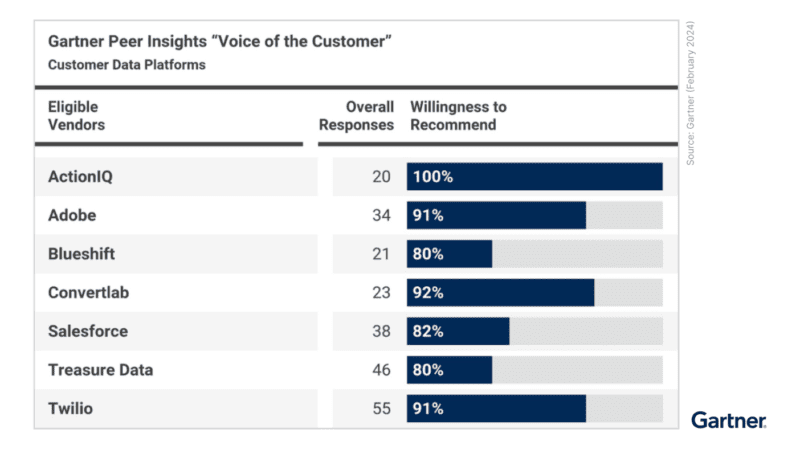4 Tips for Succeeding With CDP Implementation

From ever-evolving regulations to the loss of third-party cookies, data-driven marketing is only getting harder. And while customer data platforms (CDP) are the solution for many brands, CDP implementation is easier said than done if you don’t know where to start.
How can brands be sure they’re not only selecting the right technology, but also implementing it correctly to thrive in a cookieless world?
In The Data Management Dilemma: Does Everyone Need a CDP? — a virtual event hosted by Neustar — ActionIQ joined leaders from partner organizations Amazon Web Services (AWS) and Capgemini to discuss strategies for utilizing CDPs to stay ahead of industry changes and solve for the unknown in the wake of third-party cookie deprecation. Here are the top four takeaways from that discussion.
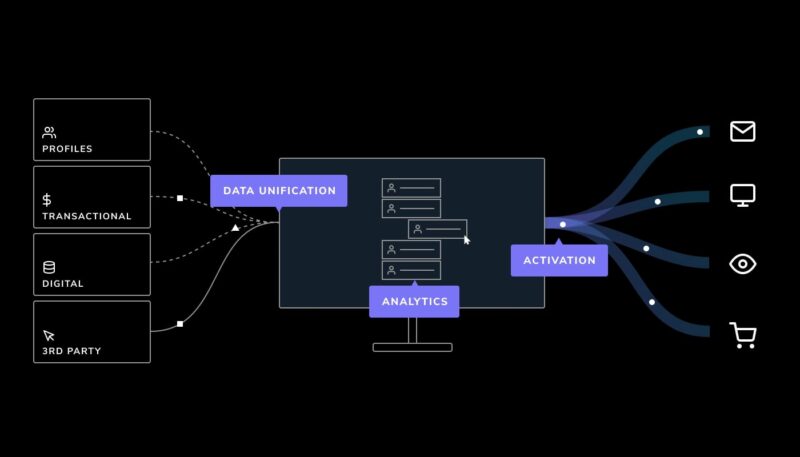
4 Tips for Succeeding With CDP Implementation
1. Carefully Evaluate Your CDP Options
The CDP market has become increasingly saturated with vendors. Much of this is due to a lack of clarity on what constitutes a true CDP.
“I don’t think there’s ever been a category that’s this far along, that has this much momentum, has proven this much value, that is still so undefined in the broader space,” said Justin DeBrabant, Head of Product at ActionIQ.
Nearly 90% of brands say they’ve either already deployed a CDP or plan to. And as leading research and advisory firms continue to highlight the importance of this technology — such as in The Forrester New Wave™: B2B Standalone CDPs, Q4 2021 report — the momentum will only continue to grow.
With so many options to choose from, it can be difficult to select the right CDP. It’s vital that brands align on key objectives and use cases before evaluating which solution will best suit their needs.
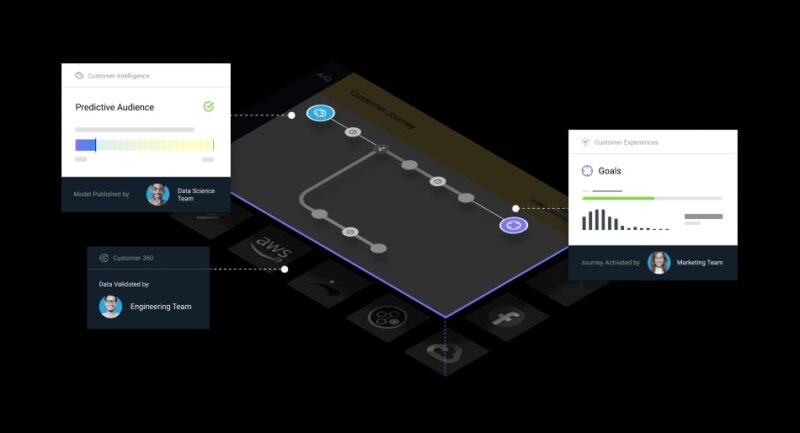
2. Focus on Organizational Readiness
When embarking on a CDP implementation, make sure all departments across your organization are on the same page.
“Businesses need an ecosystem to support the CDP,” said Ryan Engle, Head of Product & Customer Intelligence at Neustar. “It requires collaboration between your marketing team, IT team, your analytics team — aligning the corporate strategy around that to be sure that you’re making the best use of it as possible.”
Research shows that partnership between business and technical teams is growing as technology becomes more essential to success across marketing, sales and customer service — and must continue to do so.
Consulting all relevant stakeholders across your organization is key to not only selecting the right solution, but also ensuring its longevity, ownership and impact. Critical roles and responsibilities should be mapped out and assigned.
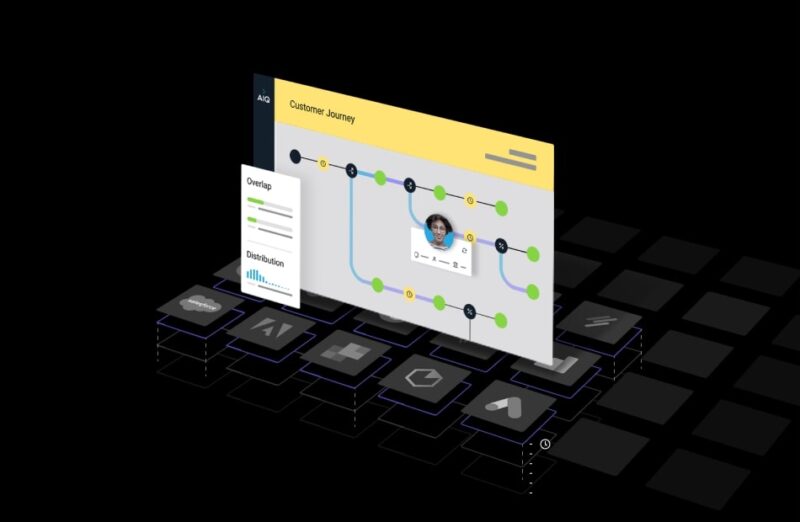
3. Take a Phased Approach to CDP Implementation
Successful CDP implementations don’t happen all at once.
“Understand what the biggest challenge is you’re trying to solve as a brand, prioritize, and find a CDP that can deliver on those requirements,” said DeBrabant. “It’s a crawl-walk-run approach, but you need to build on initial successes.”
Instead of forcing a significant reorganization from the get-go, start small and focus on quick wins, such as increases in efficiency and productivity. This will help prove the value of the solution and build excitement for further organizational transformation.
Some enterprise brands find that working with a trusted advisor in addition to the CDP vendor, such as a consulting partner, may be helpful for planning out implementation and adoption.
“Sometimes brands can’t do everything in house,” said Kevin Farley, Global Head of Marketing Analytics at Capgemini.
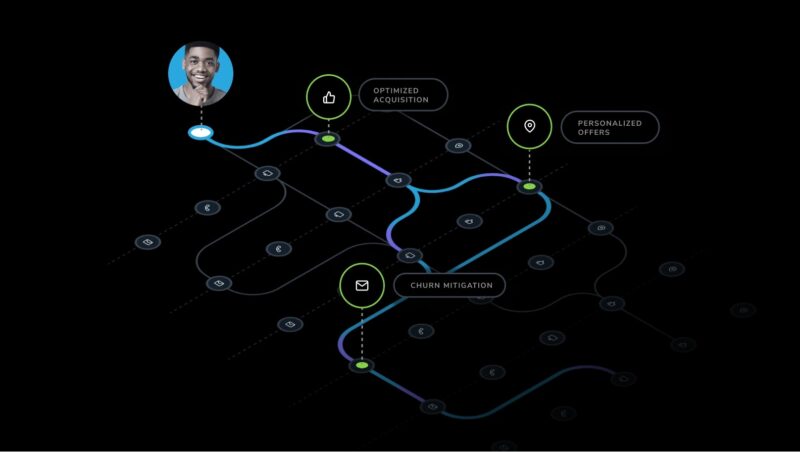
4. Pair Your CDP with Trusted Identity
CDPs will help brands that relied heavily on third-party cookies — and the data management platforms (DMP) that were fueled by them — update their customer acquisition and conversion strategies for first-party data. That’s why more than 67% of marketers are investing in CDPs to prepare for a cookieless world.
But it’s important to remember that CDPs are not a silver bullet. Over 60% of marketers are also exploring how to use ID graphs to help resolve customer identities.
“It’s a very exciting time for how to maximize the overall customer experience for individual users,” said Brian Stavis, Global Business Development & Category Lead at AWS. “Whether it’s campaign orchestration, journey mapping, contact centers or even second-party data partnerships and building cross-vendor clean rooms. The foundation starts with the CDP layer to then build on more compelling use cases.”
Now is the time to invest in flexible marketing technologies and partnerships that will help you overcome industry disruption and rise above the competition.
“2022 is going to be a bigger year for CDPs than 2021, because this has been a ‘think’ year,” Farley said. “Next year is going to be more of an ‘act’ year.”
Check out the full webinar featuring ActionIQ, AWS and Capgemini to learn more about how you can use CDPs to thrive in the post-cookie future.
Learn More
Download our guide: 12 Acquisition Strategies for Watching the Cookie Sunset to learn how you can plan out your first-party data strategy for a cookieless world.



